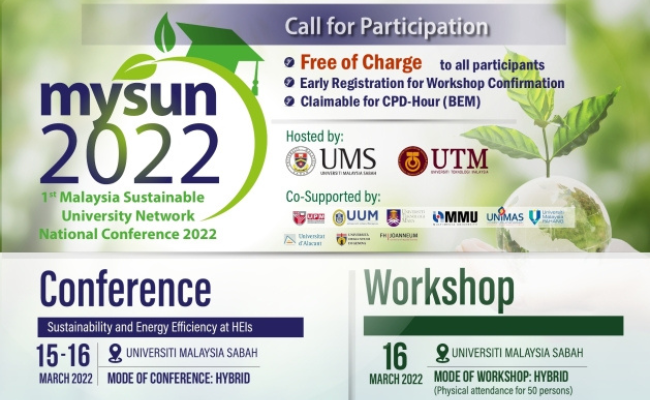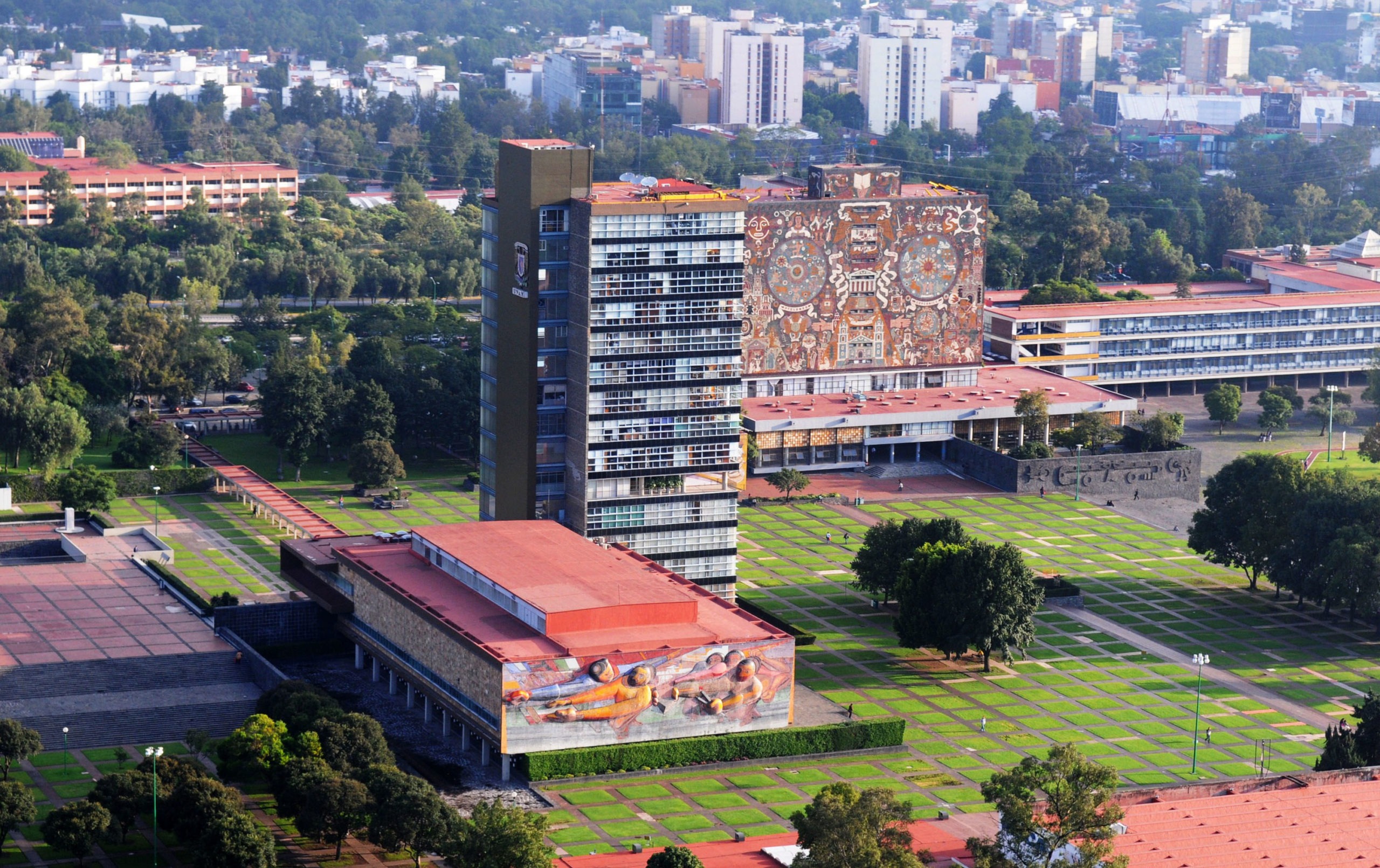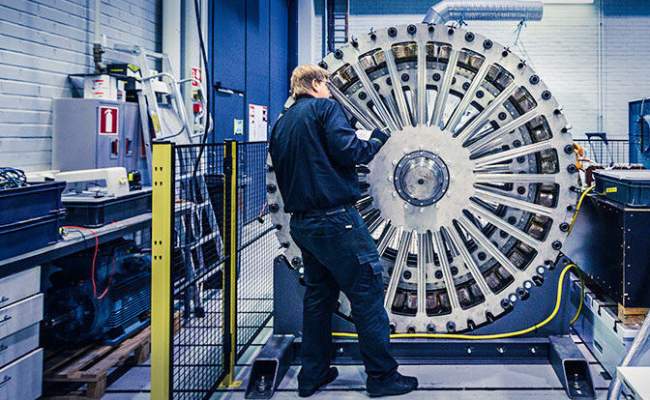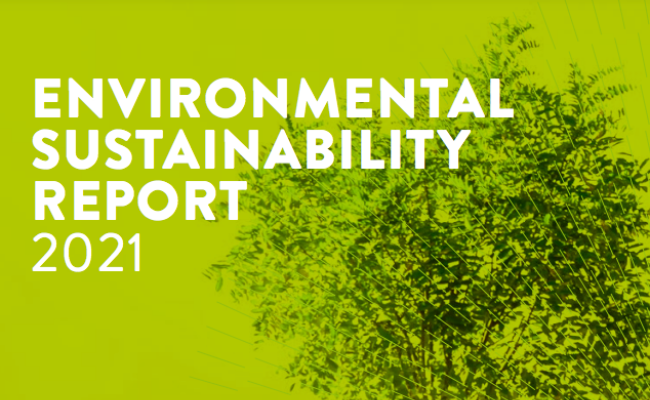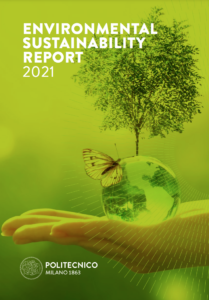1st Malaysia Sustainable Network National [Hybrid] Conference
The University of Genoa is committed to promote sustainable development in its campuses and among the local territory through various initiatives. In particular, the Savona Campus collaborates with some Malaysian universities to promote sustainability and energy efficiency in Malaysian university campuses, within the Erasmus+ CBHE funded project named MYSUN. This network of MY universities has organized the Free of Charge 1st Malaysia Sustainable Network National Conference, to be held on March 15, 16 2022. The event will be conducted in a Hybrid mode: online via a videoconferencing platform and at Universiti Malaysia Sabah.
The conference will be accompanied by a series of workshops on campus sustainability-related topics, especially devoted to Higher Education Institutions (HEIs), and will provide opportunities to exchange ideas and research experiences, as well as to establish research collaborations with global partners.
You can find more info and the registration link on https://www.mysuncampus.eu/en/conferences/1st-malaysia-sustainable-university-network-national-conference
@MYSUNcampus
#sustainablecampus #MYSUNcampus #ErasmusPlus #mysun2022
Updates about the conference and the MYSUN project:
Facebook: https://www.facebook.com/mysuncampus
Instagram: https://www.instagram.com/mysuncampus/
Twitter: https://twitter.com/mysuncampus/
ISCN 2022 Conference Update
After careful consideration, in light of the on-going uncertainty related to COVID-19 and potential impacts on health and travel, the ISCN Secretariat and the Universidad Nacional Autónoma de México (UNAM) team have decided to postpone the global in-person conference scheduled for June 8-10th, 2022 in Mexico City. Dates for the 16th annual ISCN Conference at UNAM in 2023 will be announced in the coming months.
LUT: Carbon negative by 2024
Photo: Energy-related greenhouse gas emissions represent more than 70 % of all greenhouse gas emissions produced by humans. Through its research, LUT produces material-wise and low-emission solutions. The photo shows a liquid-cooled permanent magnet motor.
LUT University targets carbon negativity by the end of 2024. It is an ambitious goal, the achievement of which is monitored by the Greenhouse Gas Protocol.
Professor Risto Soukka, Associate Professor Mika Luoranen and Sustainability Manager Kati Koikkalainen explain LUT University's target for carbon negativity.
1. What is a carbon footprint?
LUT's carbon footprint refers to climate (carbon dioxide) emissions caused by the activities of the organisation and its people. The reported carbon footprint includes both direct and indirect emissions. For example, cars owned by LUT cause direct emissions, while emissions from bought electricity and staff commuting are considered indirect.
In 2020, LUT's carbon footprint was 1,593 tons of carbon dioxide equivalent (CO2eq). Mobility accounted for 51.4 per cent of the emissions, while food was the second largest cause for emissions with 18.6 per cent.
LUT calculates its carbon footprint using the Greenhouse Gas Protocol (GHG), which divides emissions into three dimensions or scopes. Scope 3, for example, includes district heating of a property. The calculations are used to analyse which emissions can be reduced and which needs to be compensated for.
The Impact Ranking of Times Higher Education also assesses LUT's work for sustainability and the climate based on the GHG protocol. THE is one of the world's most prestigious university rankings.
2. Who calculates LUT's carbon footprint?
LUT has its own Sustainability Science Carbon Negativity Team, which calculates the carbon footprint annually. The group comprises several experts from the university. The calculations are based on information collected from the university's units and stakeholders.
3. How is LUT's carbon footprint reduced?
The university follows the Climate Action Plan prepared with its staff and students. The programme is part of the management system. In addition, emission reductions are reported annually in sustainability reports.
The aim is to reduce electricity and heat consumption in buildings. The energy efficiency of the Lappeenranta campus has been greatly improved over the last 10 years, and LUT began operating on the energy-efficient Lahti campus in autumn 2019. Part of the campus electricity is produced by solar panels, and the purchased electricity is also produced with renewable energy. Furthermore, the campuses are heated with green district heating.
Another aim is to reduce the emissions from eating by encouraging the staff to eat vegetarian lunches. At the Lappeenranta campus, the canteens of Kampusravintolat Oy place the vegetarian food first on the line, and the carbon footprint of all options is visible.
4. How can LUT achieve carbon negativity?
LUT can achieve carbon negativity by monitoring, reducing and compensating for its emissions. During 2022, LUT will strive to create a consistent and even more accurate way to reduce emissions. It requires regular and automated collection of high-quality data, for example from suppliers.
The calculations show how LUT's carbon footprint is formed and which emissions can be tackled. However, carbon neutrality must be achieved before carbon negativity. Different calculations may be needed for different purposes: a total carbon footprint calculation of LUT University and a calculation that defines the need for compensation, based on which carbon negativity is achieved.
The goal is to achieve carbon negativity by the end of 2024. Along the way, the calculations are tested, specified and possibly expanded. For example, LUT's investment activities are not currently included in the calculations, whereas emissions from commuting are (GHG protocol scope 3). It is essential for the calculations to include issues that the university can influence and the reduction of which genuinely leads the development into the desired direction.
A negative carbon footprint means to offset more carbon than you contribute to the atmosphere. A partial solution is investing in carbon sinks. LUT University is unlikely to achieve carbon negativity just by reducing emissions – emission compensation is also needed. Nevertheless, LUT carries out goal-oriented and continuous work to reduce emissions as much as possible.
5. Why is achieving carbon negativity challenging?
Achieving carbon negativity is not simple. Collecting high-quality and sufficient information for calculation is challenging. Observing the carbon footprint, carbon neutrality and carbon negativity calculations simultaneously is also a challenge. In addition, emissions compensation costs are high.
A lot of research on energy-intensive industries is carried out at LUT with the aim of reducing greenhouse gas emissions significantly. Reducing emissions from research activities can be difficult in general, not to mention significant reductions. On the other hand, research is expected to help industries reduce emissions.
6. What is a handprint?
An environmental handprint refers to the positive climate and environmental impacts of different actions. At LUT University, the handprint is based on strategic and long-term scientific work carried out in order to achieve the preservation of natural resources, a more efficient material cycle, social sustainability, sustainable business and a cleaner environment and water.
LUT's handprint materializes above all in projects and theses carried out to reduce the carbon footprint of partners and stakeholders. In addition, hundreds of students graduating annually bring sustainability competence to society, which makes them a part of LUT's handprint.
7. Why is LUT striving for carbon negativity?
Clean energy, water and air are preconditions for life, and LUT University seeks solutions to them with expertise in technology and economics. Through its activities, LUT helps society and companies to renew sustainably, which is why the university has also set high targets for carbon negativity.
Carbon negativity is also sensible as it improves efficiency and reduces costs.
"LUT is actively striving to find solutions for combating climate change. LUT is among the top ten universities in the world for climate action. We will continue this work, and our aim is to maintain our position in the ranking", Risto Soukka sums up.
Note: This article was originally published on the LUT website and was lightly edited and re-posted with permission.
Politecnico di Milano: SDGs, Sustainability Reports, and Social Impact
After a deep of mapping their institutional, research, and teaching activities to the 17 Sustainable Development Goals (SDGs) of the UN 2030 Agenda, Politecnico di Milano has created a new section of their website dedicated to sustainable development and the societal impact of the University's activities. Explore POLIMI's social impact page here.
Politecnico di Milano has also released two new sustainability reports, the University Environmental Sustainability Report and the SDGs@Polimi.
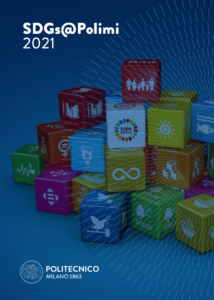
The University Environmental Sustainability Report
POLIMI's 2021 Environmental Sustainability Report strives to spread the culture of sustainability by pursuing and achieving the SDGs. The report covers POLIMI's progress towards the SDGs; the University's Governance and Community Engagement Activities; Research and Education; Climate Action; Buildings, Infrastrcutre, Energy, and Green Spaces; Sustainable Mobility; and the Circular Economy.
The publication of the SDGs@POLIMI Report has the primary objective of collecting and organising in a systematic way the actions carried out by Politecnico di Milano in recent years aimed at supporting the achievement of the 17 Sustainable Development Goals (SDGs).
